With resin 3D printing, you get the chance to print out all types of 3D models for professional applications or use it as a way to express your creativity.
There is a wide variety of resin 3D printing techniques such as LCD, SLA, and DLP 3D printing. Check out our previous blog post in which we provide an in-depth look at the differences between these three 3D printing techniques.
Before you get started, here are a few things you absolutely must know before you begin with your resin printing journey:
1) How to Find 3D Printing Files

Before you begin printing, you need to have a 3D printing file. This is commonly referred to as an STL file. There are several ways to go about this. If you’re good at designing, you can use software such as Tinkercad or other CAD software to design STL print files all on your own. You can even find a professional designers to design your STL files if you’re looking for a custom design.
There are also many websites out there that provide free and/or paid STL files for those interested in resin 3D printing. These include websites such as thingiverse.com, myminifactory.com, cgtrader.com, etc.
Make sure to check the copyrights of the STL files before downloading and printing them out for usage. As most popular character 3D models are non-commercial, they can only be printed for personal use.
2) Choosing Resin for 3D printing

In order to print out your 3D models, you will need to use resin. Liquid resin is made up of different chemicals that harden when exposed to UV light.
After pouring resin into the resin vat on your Phrozen LCD 3D printer, an array of LED chips will project UV light through the LCD screen across an entire layer at once. For a more detailed blog post on how this process works, click here.
Depending on your needs, there are several types of resin available on the market. Phrozen offers a wide variety of resin such as Aqua-Gray 4K resin that can be used for printing 3D figurines, or professional applications such as dental 3D printing and jewelry 3D printing.
For a detailed blog post on which Phrozen resins are suitable for beginners and enthusiasts, click here.
3) Using Slicer Software
Slice your 3D Printing Files
![]()
You will need to slice your 3D files before saving them onto your USB to ensure that your resin 3D printer can actually read the file. When the STL file is sliced, it is converted into layers so that the resin 3D printer can decode the STL file while printing it out.
Keep in mind that the height of your 3D prints will have a direct correlation to the amount of time it will take to print out your 3D models.
When slicing your 3D printing files, we recommend using CHITUBOX Slicer Software. It is compatible with all Phrozen LCD 3D printers such as Sonic Mini 4K, Sonic Mighty 4K, and Sonic Mega 8K.
You can use Phrozen Dental Synergy Slicer (a premium slicing software) on Phrozen devices that are part of the Sonic Series. This includes Sonic 4K 2022, and Sonic XL 4K 2022.
It’s available on other Phrozen 3D printing devices as well though you will need to purchase it from our website.
Add Supports onto your 3D Model

Before slicing your STL files, you must set supports on your 3D model using a Slicer Software. Supports need to be added as it will support your 3D models while it is being printed. It also helps your 3D prints to be anchored to the building plate so that it won’t easily fall into the resin vat while being printed.
Click for a more detailed blog post on the importance of setting supports.
Set Print Profiles on Slicer Software
Once you’re done with adding supports to your 3D model, don’t forget to set the print profiles. Print profiles are used as a way to set the optimal printing settings for your 3D printer. Each resin 3D printer has different optimal settings for printing area speed, layer height etc, which means that you need to adjust the settings in order to achieve the perfect print.
If you’re using the latest version of CHITUBOX Slicer Software, click on SETTINGS & NEW PRINTER and add your 3D printing device to automatically set the print profiles. For a detailed video tutorial, click here.
You’ll also have to manually add in the resin profiles of the resin you’ll be using in the Slicer Software. Please click here to find out more.
If your Phrozen LCD 3D Printer isn’t available on the Slicer Software, you will need to manually type in the print parameters. For all Phrozen 3D Printers, please click here to find out which numbers to key in.
4) Setting Up your Resin 3D Printer
Once you’ve chosen a file and sliced it after choosing the resin of your choice, you now have to set up your resin LCD 3D printer. Before you even begin printing on your Phrozen 3D Printers, there are some extremely important steps you must perform.
These include setting up your resin 3D printer, performing an LCD Test, and calibrating the Z-axis of your LCD 3D printer. It’s important to perform these steps correctly as this will ensure that you will have a higher chance of success while printing out your 3D models.
5) Post-Processing your 3D Prints
After your 3D model has been printed, it’s time to move on to post-processing! What is post-processing? Well, after your 3D model has been printed out successfully, you need to clean it thoroughly to make sure that it doesn’t crack. Post-processing also ensures that your 3D prints have a smoother finish and lasts longer.
Please note that water, sanitizing alcohol, or detergent used to clean the models CANNOT be disposed of improperly. We recommend you expose it to sunlight before removing any cured resin present in the liquid before disposal.
After printing out your 3D model, remove the supports, and prepare two basins of sanitizing alcohol to thoroughly wash your 3D print(s) until the surface isn't reflective anymore. You can then use an air gun to dry your 3D model or set it aside for an hour until it is dry.
Once your 3D print is dry, you’ll need to cure your 3D models either via UV light or natural sunlight. We recommend using one of Phrozen’s Curing lamps or UV Curing lamps: Phrozen Cure, Phrozen Cure XL, Phrozen Cure Luna, Phrozen Cure Mega, or Phrozen Cure Beam for best results.
For a more detailed blog post on post-processing your 3D models, click here.
6) Maintaining your Resin 3D Printer
LCD 3D printers require the use of LCD panels and FEP or PFA (nFEP) film. These are consumable items that may need to be replaced after a period of time. Phrozen
You will need to check for any damages, scratches, or bumps on your FEP or PFA (nFEP) film. Click here to learn more.
Resin 3D printers need to be maintained on a regular basis in order for the printers to produce the best print quality. Click here to learn more.
There you have it! These are six things you absolutely need to know before you embark on your resin 3D printing journey. Have fun and don’t become frustrated if you fail, just keep on practicing and you’ll be printing out amazing 3D prints in no time! Need more 3D printing ideas? Click here!
Click here to learn about which Phrozen 3D printers are best for beginners.


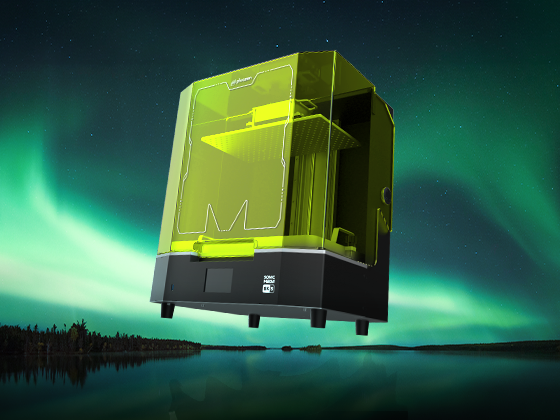
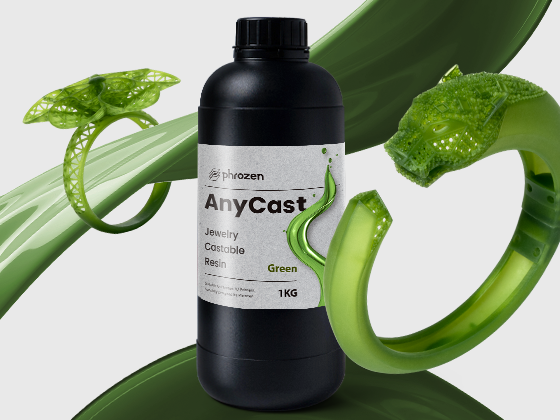
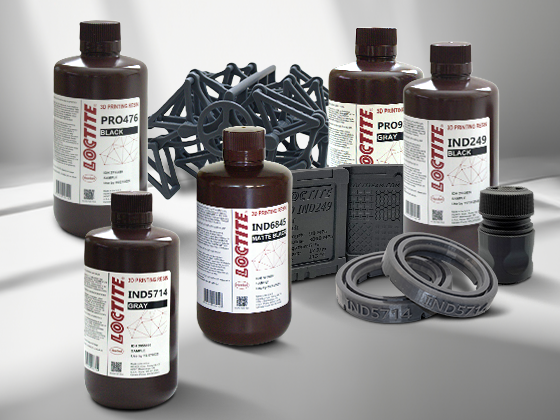
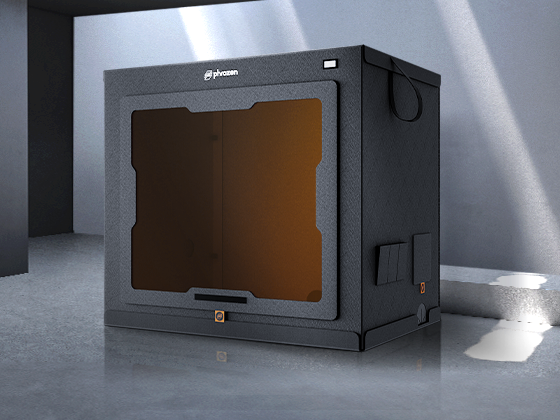
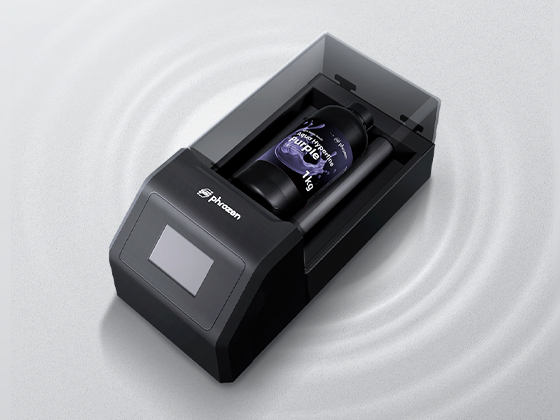
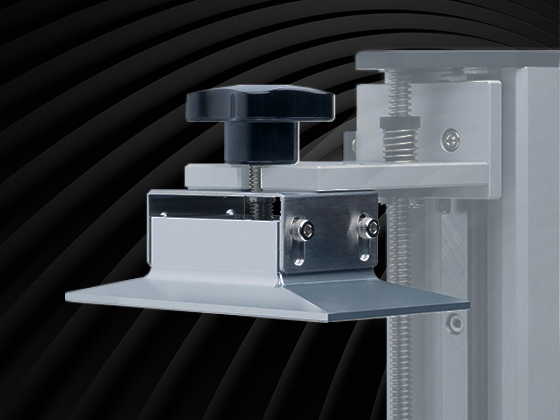
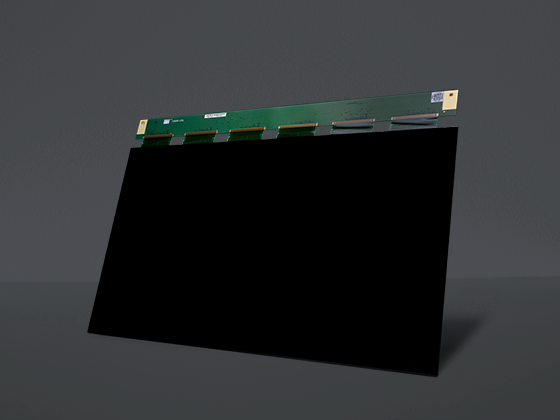
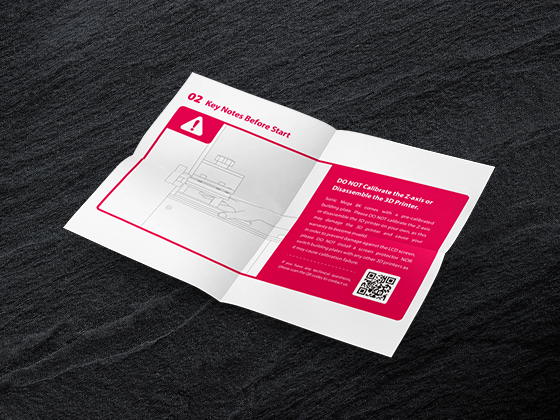
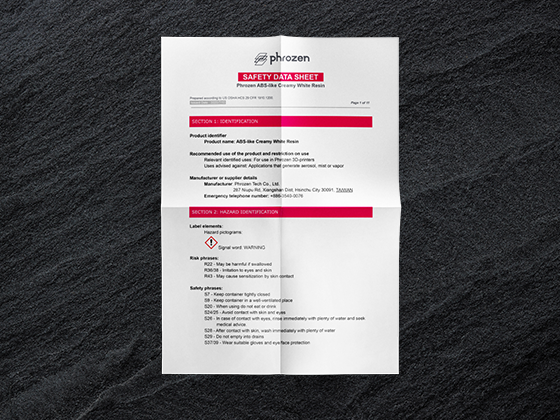
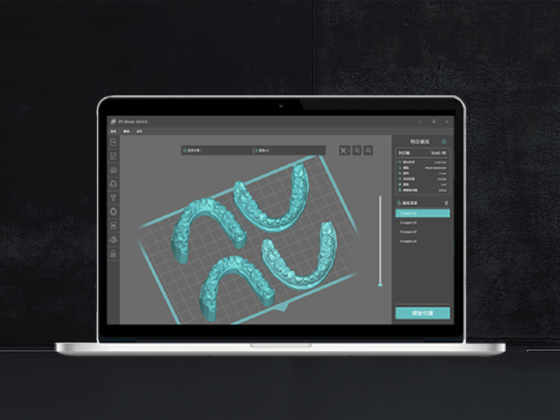

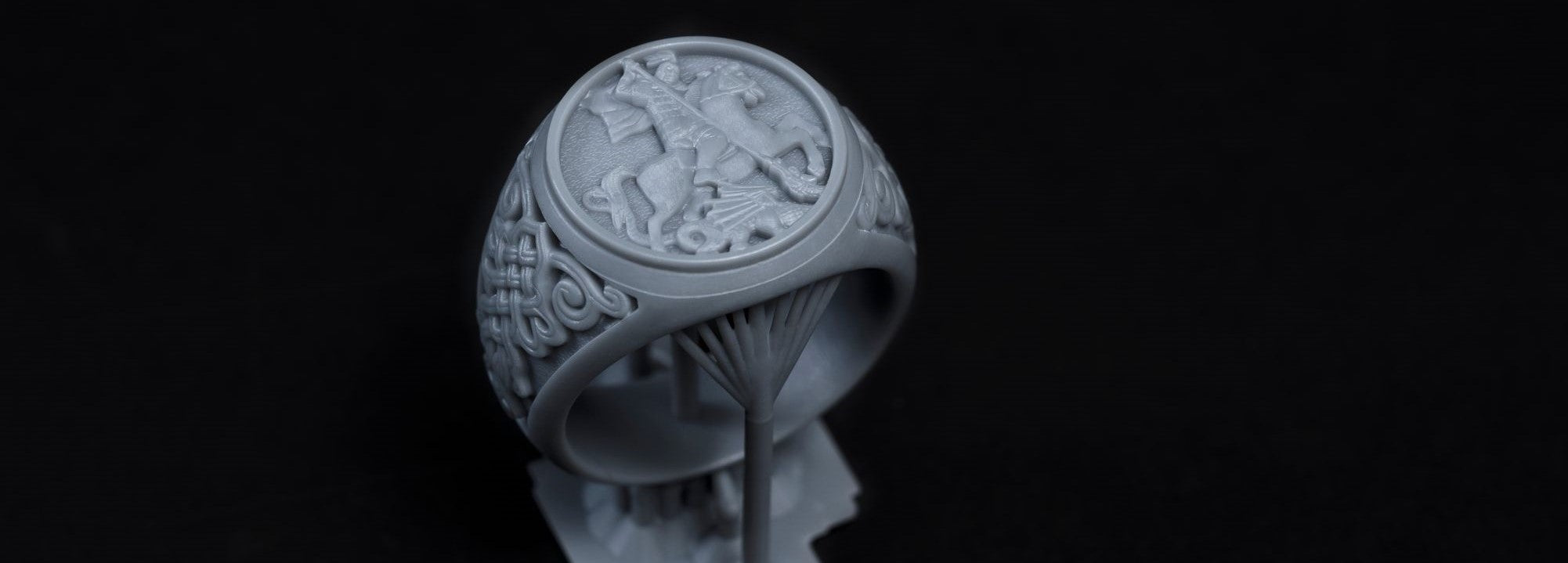
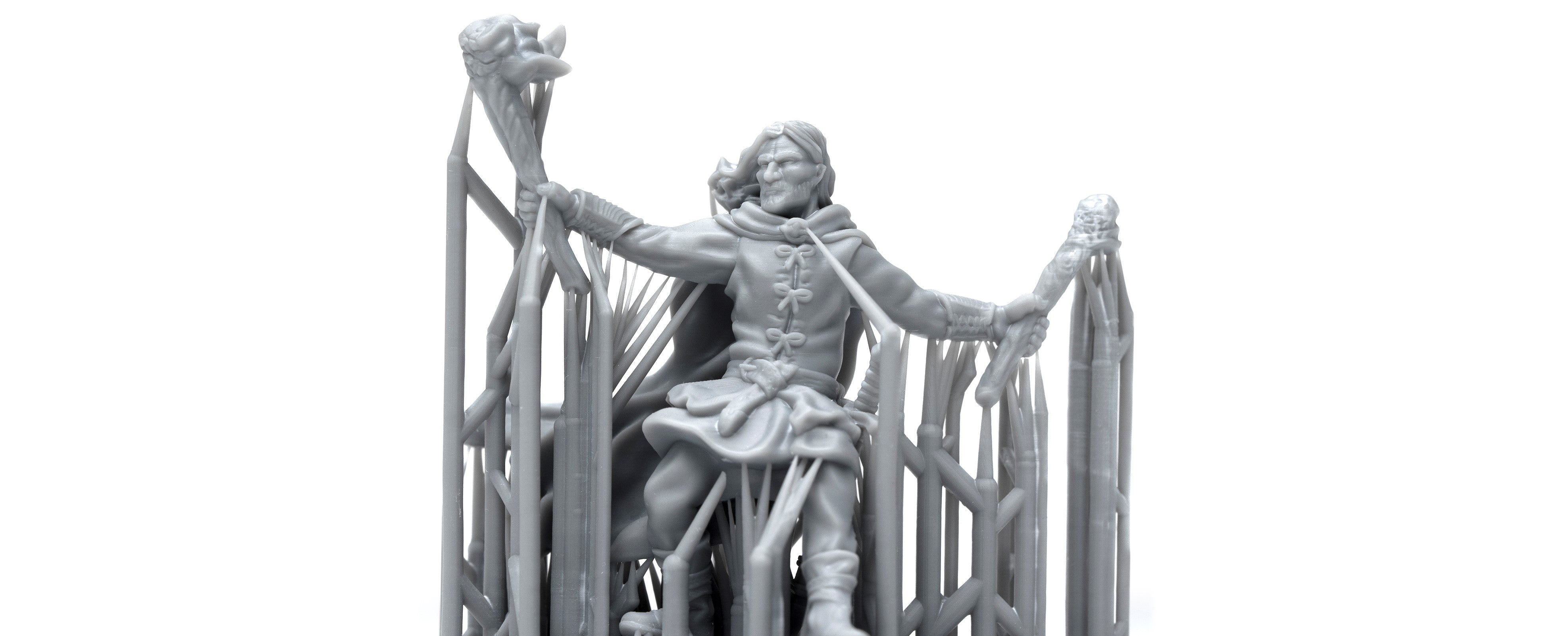
4 comments
Dell Watren
Where to start using programs
———
Phrozen Technology replied:
Hello Dell,
Chitubox is the default slicing software for our current Sonic Mini/Mighty/Mega series line-up. Please download the latest version of Chitubox software from their website.
Hope this helps.
Best, Phrozen Team
>
Where to start using programs
———
Phrozen Technology replied:
Hello Dell,
Chitubox is the default slicing software for our current Sonic Mini/Mighty/Mega series line-up. Please download the latest version of Chitubox software from their website.
Hope this helps.
Best, Phrozen Team
>
Tim Hofstetter
Boy, am I glad I started with FDM!
BTW… most of your links are dead.
———
Phrozen Technology replied:
Hi Tim, sorry for the inconvenience. We will inform this issue to our team and fix it Asap.
>
Boy, am I glad I started with FDM!
BTW… most of your links are dead.
———
Phrozen Technology replied:
Hi Tim, sorry for the inconvenience. We will inform this issue to our team and fix it Asap.
>
Phrozen Team
Hi there!
We recommend filtering out excess resin by using the funnel provided in the 3D printer toolbox. To learn more about how to maintain your LCD 3D printer after each print session, please visit this link: https://phrozen3d.com/apps/help-center/maintanence/how-do-i-maintain-my-lcd-3d-printer-after-each-printing-session
Hi there!
We recommend filtering out excess resin by using the funnel provided in the 3D printer toolbox. To learn more about how to maintain your LCD 3D printer after each print session, please visit this link: https://phrozen3d.com/apps/help-center/maintanence/how-do-i-maintain-my-lcd-3d-printer-after-each-printing-session
Chuck Lamb
After you print a file, do you need to empty the vat every time?
After you print a file, do you need to empty the vat every time?